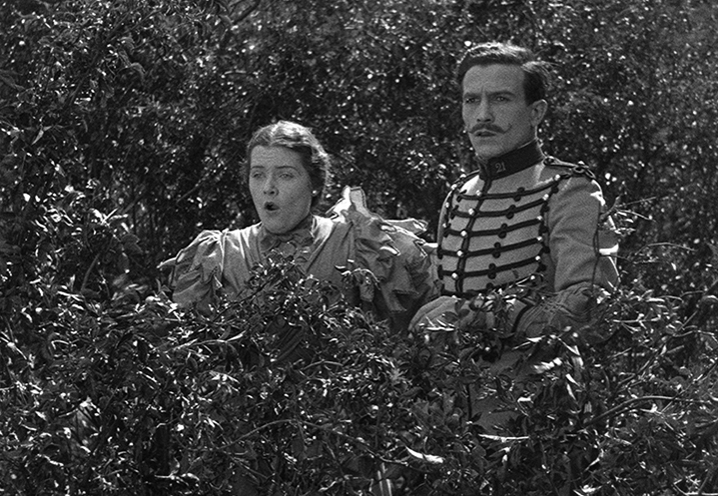By Richard von Busack
In Ghost in the Shell’s horrifying dystopic future year of 2017, Scarlett Johansson has her face sawed off—“scanned” is the parlance. Her kissable visage is used as a model for a digital avatar, roaming around Neo-Sorta-Kinda-Tokyo killing her fellow avatars with a blaster. She’s a federal cop called Major—with a human brain in a synthetic body—on the trail of terrorists assassinating execs from the robot-making Hanka corporation. The investigation involves some cyber eavesdropping, rousting yakuza nightclubs and penetrating a “lawless zone” where the rebels live, scrawling their Unabomber-like manifestos.
Studying the live-action version of the distinguished 1995 anime Ghost in the Shell, one broods over psychological questions. How much humanity can Johansson have after all of the movies where she’s been animated into a cartwheeling, hair-whirling, ass-kicking electronic phantom? Does ScarJo have any “glitches”—any unsanctioned memories—of her time sashaying around Tokyo in Lost in Translation?
Hushed and expressionless, ScarJo goes on missions in a Barbie-doll body, as shiny as a factory-new Kia. She’s given support by the maternal scientist Dr. Ouelet (Juliette Binoche), as well as from a controller, the paternal if ever-sinister Beat Takeshi—here with his own funny haircut, a cross between Larry Fine (The Three Stooges) and Dick Tracy’s villain Flattop. Major’s partner, Batou, is played by Danish dreamboat Pilou Asbaek, and director Rupert Sanders (Snow White and the Huntsman) sets a tone of dead seriousness.
ScarJo breaks a lot of real and synthetic bones, but the movie doesn’t break any new ground. Ghost in the Shell wouldn’t exist without the original RoboCop—it’s a haunted, abject copy of the Paul Verhoeven movie. The easy compare and contrast, given the holographic chimeras all over the place, is with Blade Runner. Ghost in the Shell isn’t interesting, but there is a lot of blasting—that may send it over.











